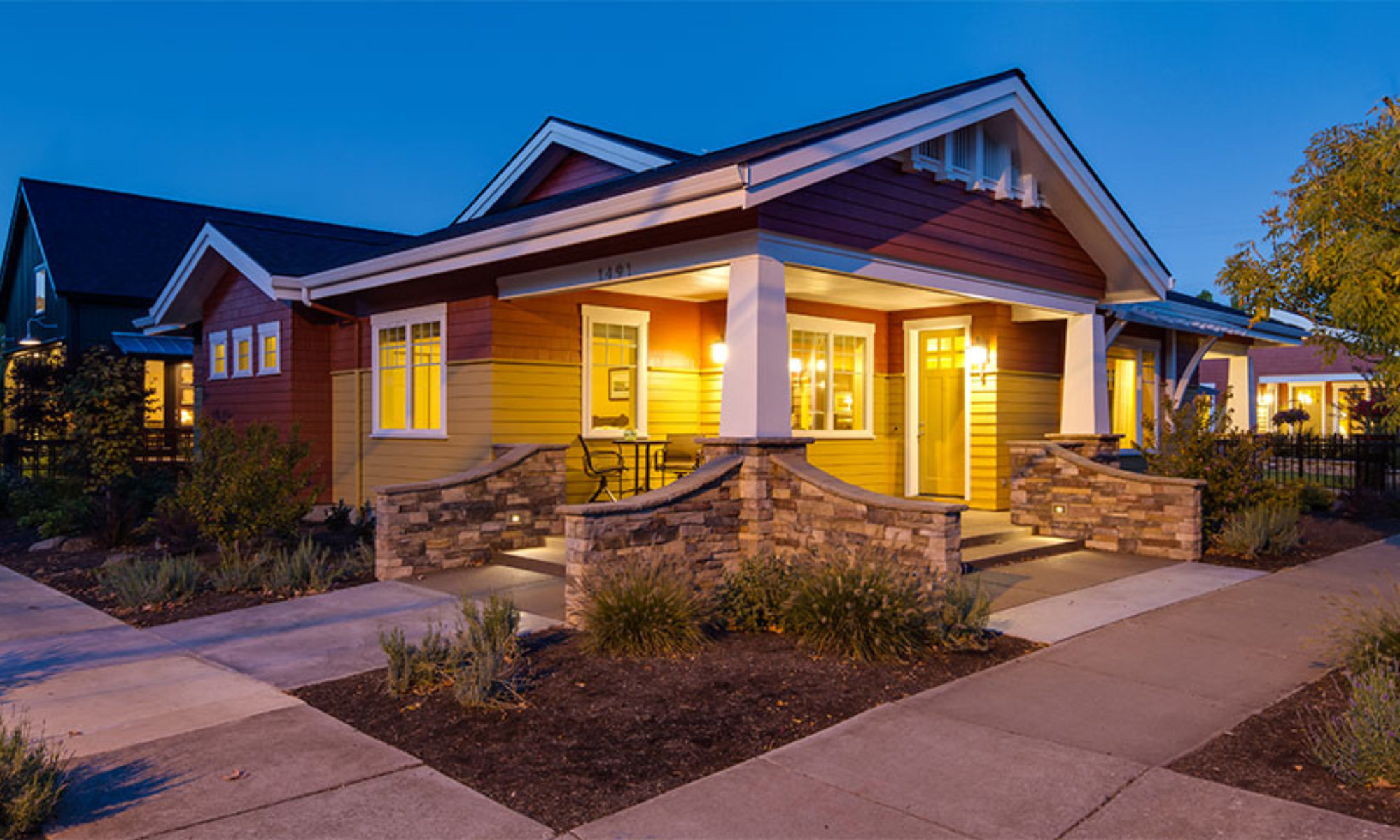After Baker City, we drove to Burns to home-base for a trip to the Steens. Charging in this part of Oregon south of Burns was a bit challenging. Lodging at the Steens was a bit too primitive for our taste. There are a couple of Level 2 charing options there, however, the FrenchGlen Hotel seemed the best option, but it’s currently closed. I spoke with a ranger there and they hoped to have a new operator for the hotel in a couple of months. They are also looking at installing a charger (hopefully). The previous operator would allow travelers to plug in to a dryer plug there. But such was not the case this trip.

I found a really cool prohibition-themed hotel in Burns, The Historic Central Hotel, and we stayed there. Very nice place. From there, we charged to 100% at the Supercharger, then trekked down to the Steens. Again, the weather was marginal, so we saw a lot of the lowland areas and wildlife refuge, but not so much of the Steens.

Also, with the lack of charging options along the way, we did not do the Round Barn or the auto tour loop. We just went down to Fields, had the famous greasy cheeseburger and milkshake at the Fields Station, then made our way back. Leaving with 100% charge, we arrived back in Burns with about 16% range left, which is about as close as I like to run it.

Some notes on Burns.
There is a Level 2 charger at the Chamber of Commerce which is free and a couple of blocks from the hotel. It was in use. All afternoon. By the same person. There is also a Chademo and CCS charger at the CofC, but they were out of order. The Supercharger isn’t too far away and is inexpensive.
Burns is a wasteland as far as restaurants. Especially on a Sunday. The hotel is the sole oasis. We ended up eating dinner Sunday evening at the Apple Peddler across the road from the SC. Surprisingly not bad, but they were going to have to close early because they ran out of food. Yes. Really.
But do stay at the hotel. They are awesome. Plus, all the clocks in the hotel are permanently set to 4:20. Well-played.

























